Deck & Commander Strategies
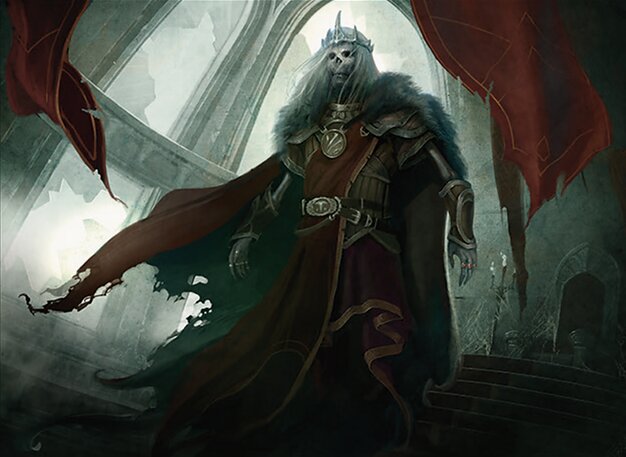
Nekusar, the Mindrazer
Utilizes wheel effects and forced card draws to deal incremental damage to opponents while maintaining pressure through artifact equipment and disruption.
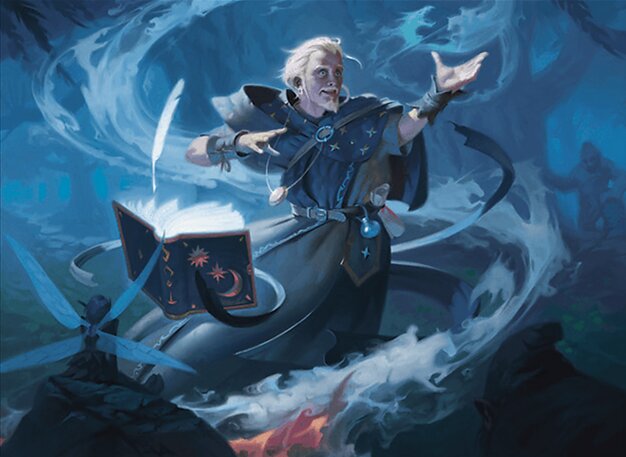
Chulane, Teller of Tales
Leverages small creatures and ETB effects to generate card advantage and board presence, using his commander to ramp mana and draw cards.
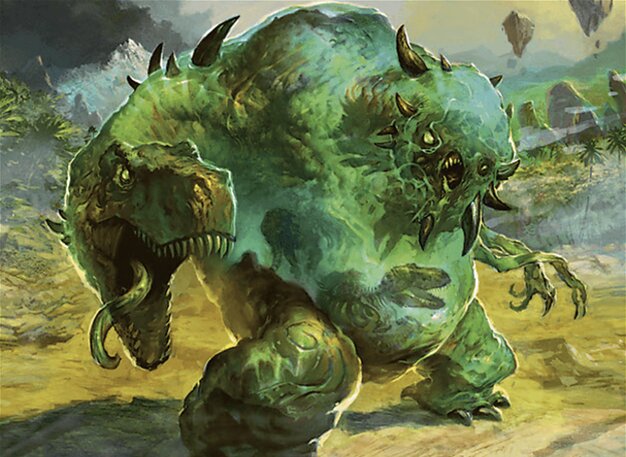
The Mimeoplasm
Focuses on milling opponents and copying powerful creatures from graveyards, combining graveyard disruption with creature removal to control the board.
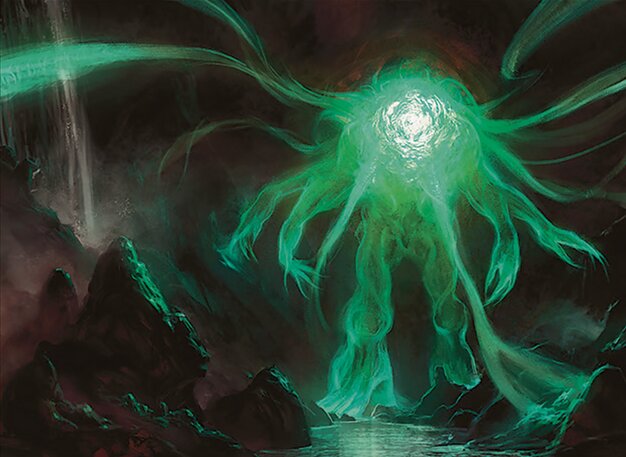
Omnath, Locus of Mana
Generates large amounts of green mana to cast big spells and maintain board presence, using land recursion and protection to outpace opponents.
Gameplay Insights
- 1
Nekusar’s use of recurring wheel effects like Font of Mythos and Howling Mine continuously pressured opponents by combining card draw and damage.
- 2
The Mimeoplasm’s strategy to destroy key artifacts such as Lightning Greaves and Soul Ring effectively slowed down Nekusar’s tempo and equipment synergy.
- 3
Chulane maximized value through efficient creature ETB triggers and used his commander’s ability to ramp and draw, enabling sustained pressure and token generation.
- 4
Omnath’s ability to ramp large mana pools and recur lands was pivotal to casting big threats and recovering after board wipes like Flood of Tears.
- 5
The timing of board wipes and bounce effects shifted momentum frequently, requiring players to adapt their strategies quickly to rebuild board states.
- 6
Party Jace’s ability to force all players to draw cards was a double-edged sword, aiding both Nekusar’s damage plan and giving Chulane more resources to deploy threats.
Notable Cards
-
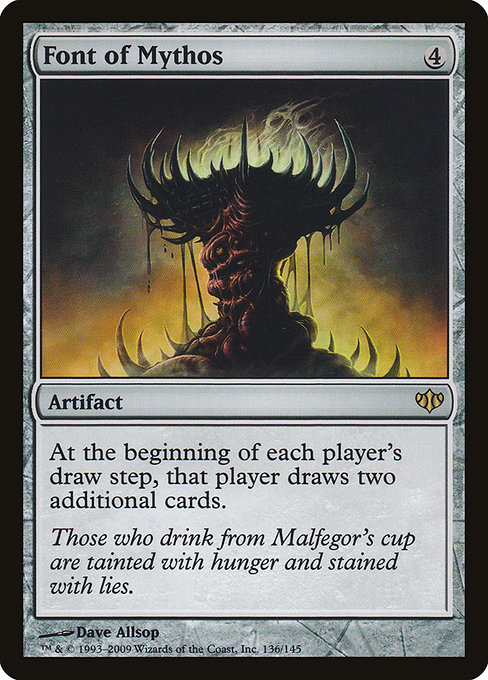
Font of Mythos
-
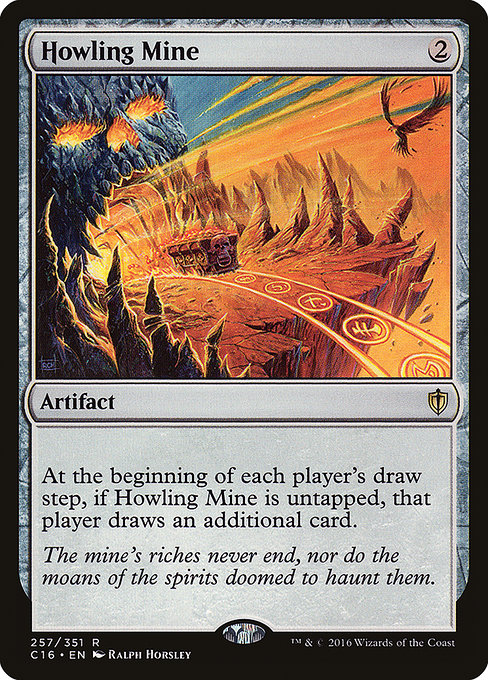
Howling Mine
-
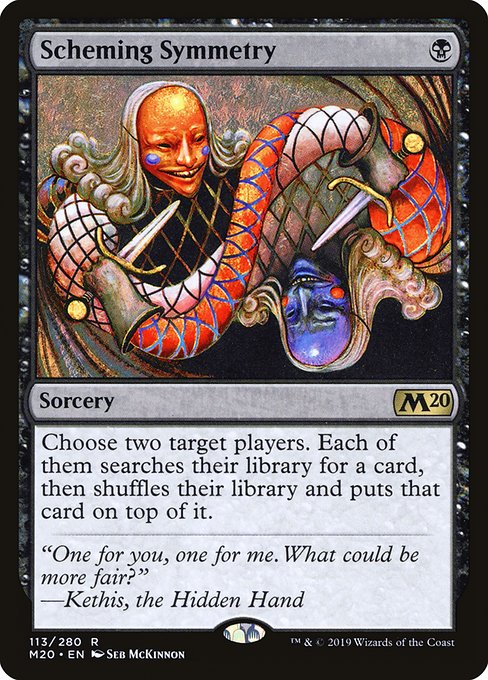
Scheming Symmetry
-
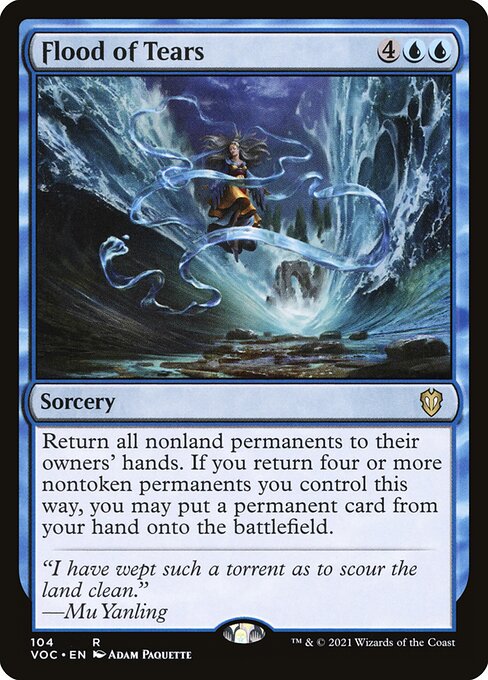
Flood of Tears
-
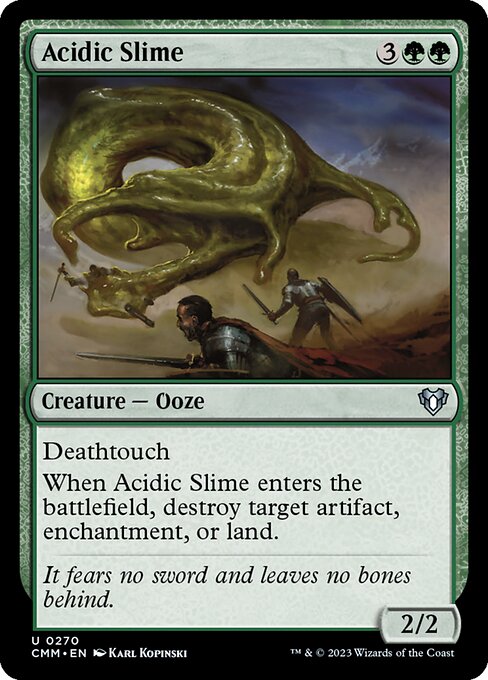
Acidic Slime
-

Avenger of Zendikar
-
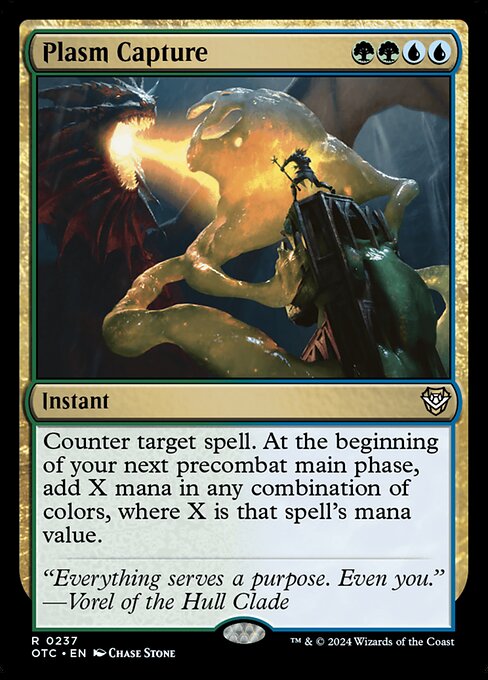
Plasm Capture
-
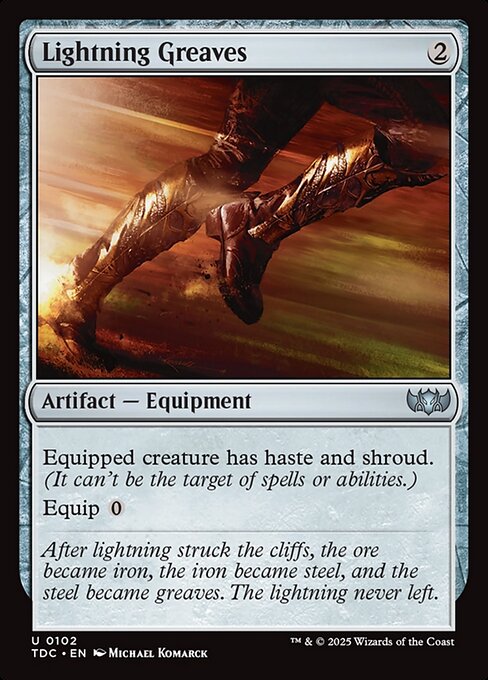
Lightning Greaves
Gameplay Summary
The game began with each player setting up their board states according to their deck strategies.
Nekusar, the Mindrazer, focused on wheel effects and forcing opponents to draw and lose life, leveraging cards like Font of Mythos and Howling Mine for continuous card draw and damage.
Chulane, Teller of Tales, aimed to generate value through playing small creatures and drawing cards, deploying creatures such as Night of Autumn and using his commander’s ability to ramp and draw.
The Mimeoplasm looked to mill opponents and copy powerful creatures from graveyards, utilizing cards like Scheming Symmetry and Flashback Marauder for graveyard synergy and disruption.
Omnath, Locus of Mana, concentrated on ramping mana quickly using multiple lands and spells like Crop Rotation and Heroic Intervention to cast large threats and maintain board presence. Key turning points included Nekusar’s early aggressive wheel effects that dealt incremental damage to opponents, and Chulane’s efficient creature plays that kept him drawing cards and maintaining board presence.
The Mimeoplasm used graveyard recursion and removal to disrupt opponents, notably destroying Nekusar’s boots and Soul Ring to slow his engine.
Omnath built a massive mana base, casting significant threats and regenerating lands to maintain tempo.
The game saw multiple board wipes and bounce effects, including Flood of Tears, which reset the board state and shuffled permanents back to hands, forcing players to rebuild.
In the late game, Nekusar’s repeated wheel effects caused massive life loss and card draw, but Chulane’s wide board of tokens and continuous card advantage pressured players heavily.
The final phases revolved around managing resources and damage output from wheel effects and combat, with the game tilting towards those who could maintain card advantage and board control in a dynamic, multi-threat battlefield. Overall, the gameplay showcased the interaction between aggressive wheel-induced damage, card advantage through creature synergies, and graveyard manipulation, culminating in a high-tension battle where controlling the board and managing life totals was critical to survival and eventual victory.





















![Commander VS S5E1: Liliana vs Tasigur vs Kangee vs The Mimeoplasm [MTG Multiplayer] thumbnail](https://i.ytimg.com/vi/u35l-cgkQEY/sddefault.jpg)
![Commander Versus Series: Mimeoplasm v. Melek v. Maelstrom Wanderer v. Prossh [MTG Multiplayer] thumbnail](https://i.ytimg.com/vi/H3JROxdcaPo/sddefault.jpg)





![Commander VS S3E9: Nekusar vs Karona vs Xenagos vs Kiki-Jiki [MTG: Multiplayer] thumbnail](https://i.ytimg.com/vi/meqwIXTAv34/sddefault.jpg)













![Commander VS: Ghoulcaller Gisa VS Torbran VS Chulane VS Sisay [From SCGCON] thumbnail](https://i.ytimg.com/vi/D0eveMMHDz0/sddefault.jpg)
![Commander VS S17E3: Korvold VS Alela VS Chulane VS Syr Gwyn [Brawl] thumbnail](https://i.ytimg.com/vi/Pa8JzkN1leY/sddefault.jpg)
